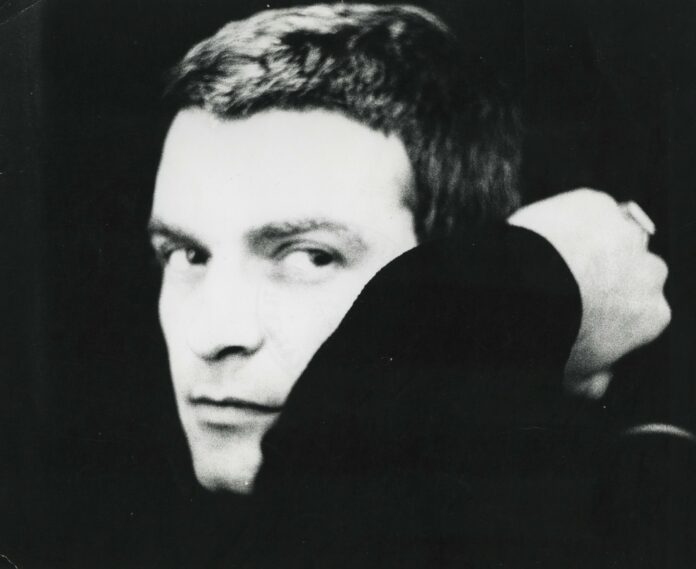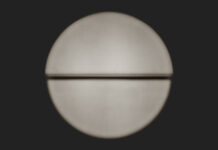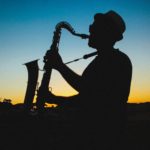
03.06 – 25.09.2022
The “Language of Sculpture” in Paul Neagus Hyphae
Paul Neagu was an universal artist. His spectrum ranged from sculptural works to performative and graphic works. The BRUSEUM is showing the first international retrospective of the artist, who died in 2004.
Born in Romania in 1938, Neagu left his home country in 1969 during the Ceausescu dictatorship and then lived in London. While still in Romania, he was involved with movements such as Op Art, kinetic art, and cybernetics, and experimented with tactile objects and materials such as bread, corn porridge, feathers, metal blades, pieces of mosaic or glass, velvet, and matches.
The exhibition, curated by Friedemann Malsch, Magda Radu and Georg Schöllhammer, traces Neagu’s path as an artist who dealt intensively with the “language of sculpture” in the 1980s and 1990s. Neagu understood sculpture as a form of symbolic language. From these considerations he also developed his “hyphen” concept, which he has continued to develop across different media, sizes and spiritual boundaries during his artistic career.
It is a structure that, despite its apparent simplicity, is based on complex considerations of the formal and symbolic meanings of basic geometric shapes. At the same time, the hyphen combines elements of culture and folklore. Neagu forged this vocabulary by studying peasant crafts and traditions stretching from Romania to China, from Greece to Scotland.
Paul Neagu
Bruseum Graz
03.06 – 25.09.2022
www.mueseum.joanneum.at











